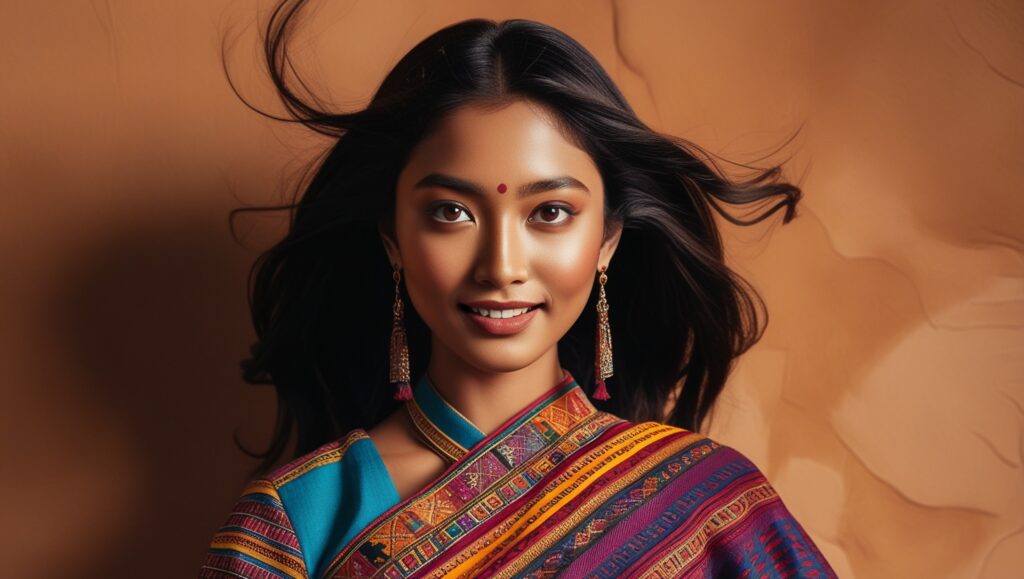Yumi Zingkhai is more than just a name; it embodies a rich tapestry of culture, tradition, and artistic expression that captures the imagination. This article delves into the essence of Yumi Zingkhai, exploring its origins, significance, and the many layers that contribute to its unique charm.
Understanding Yumi Zingkhai
The Origins of Yumi Zingkhai
To fully appreciate Yumi Zingkhai, we must first explore its roots. It is believed to originate from a specific cultural heritage steeped in centuries of tradition. Its name carries connotations that may vary based on regional dialects and interpretations. The term itself may signify “life” or “spirit,” and its application in cultural practices and art forms underscores its importance in various communities.
Cultural Significance
The cultural significance of Yumi Zingkhai transcends mere aesthetics; it serves as a vehicle for storytelling, preserving a community’s history and values. It reflects the collective experiences and wisdom of generations, offering insights into social norms, spiritual beliefs, and communal ties. In many ways, Yumi Zingkhai is a mirror reflecting the society from which it springs.
The Artistic Expression of Yumi Zingkhai
Visual Arts and Craftsmanship
Yumi Zingkhai manifests prominently in visual arts, characterized by intricate designs and vibrant colors. Artists often draw inspiration from nature, mythology, and everyday life, creating pieces that resonate on both personal and communal levels. The craftsmanship in creating Yumi Zingkhai art requires a deep understanding of traditional techniques, often passed down through generations. This dedication to quality preserves the art form and enhances its value in a rapidly changing world.

Music and Dance
In addition to visual arts, Yumi Zingkhai has a profound presence in music and dance. Traditional songs often narrate tales of heroism, love, and the human condition, while dance performances celebrate cultural rituals and community gatherings. The rhythms and movements associated with Yumi Zingkhai are more than entertainment; they are a form of artistic expression that fosters unity and collective identity among participants.
Yumi Zingkhai in Modern Context
Contemporary Adaptations
As society evolves, so too does Yumi Zingkhai. Contemporary artists and musicians are reinterpreting traditional forms, infusing them with modern sensibilities while maintaining their cultural essence. This dynamic exchange fosters innovation, allowing Yumi Zingkhai to resonate with younger generations who seek to connect with their heritage in meaningful ways.
Global Influence
The allure of Yumi Zingkhai is not confined to its place of origin; it has begun to attract attention on a global scale. Exhibitions, performances, and online platforms have introduced this cultural treasure to wider audiences, sparking curiosity and appreciation. The international interest highlights the universality of its themes and opens avenues for cross-cultural dialogue and understanding.
The Role of Community in Yumi Zingkhai
Preserving Traditions
The preservation of Yumi Zingkhai is a communal effort rooted in the belief that culture is a living entity. Community members actively participate in workshops, festivals, and educational programs aimed at keeping traditions alive. This collective responsibility fosters a sense of belonging and pride, reinforcing that each individual plays a crucial role in sustaining cultural heritage.

Intergenerational Bonds
Yumi Zingkhai serves as a bridge between generations, facilitating conversations between the past and the present. Elders share their knowledge and experiences with younger individuals, creating a rich tapestry of wisdom that shapes identity. This intergenerational exchange preserves traditions and instills values of respect, empathy, and understanding among community members.
Challenges Facing Yumi Zingkhai
Cultural Erosion
In a rapidly globalizing world, the threat of cultural erosion looms large. The influence of mass media and technology can overshadow traditional practices, leading to a dilution of cultural identity. Communities must recognize these challenges and actively engage in efforts to promote and celebrate Yumi Zingkhai, ensuring its survival for future generations.

Balancing Tradition and Innovation
While innovation is essential for Yumi Zingkhai’s evolution, it raises questions about authenticity and the preservation of cultural integrity. Striking a balance between honoring traditional practices and embracing contemporary interpretations is crucial. This dialogue between tradition and innovation can lead to a richer, more nuanced understanding of Yumi Zingkhai, allowing it to thrive in a modern context.
Conclusion
Yumi Zingkhai is a vibrant expression of culture, a celebration of history, and a testament to community resilience. Its intricate artistry, captivating performances, and deep-rooted traditions offer a glimpse into the values and experiences of those who embody it. As we navigate the complexities of modern life, the importance of preserving and promoting Yumi Zingkhai cannot be overstated. By engaging with its rich narrative, we honor the past and future of cultural expression.
FAQs
What does Yumi Zingkhai mean?
Yumi Zingkhai typically signifies “life” or “spirit” and embodies the essence of cultural practices and artistic expressions within specific communities.
How can I experience Yumi Zingkhai?
Yumi Zingkhai can be experienced through art exhibitions, cultural festivals, and performances that celebrate its traditions and contemporary interpretations.
Why is preserving Yumi Zingkhai important?
Preserving Yumi Zingkhai is vital for maintaining cultural identity, fostering community bonds, and ensuring that future generations have access to their heritage.
How is Yumi Zingkhai evolving today?
Yumi Zingkhai is evolving through contemporary art, music, and dance adaptations, allowing it to resonate with younger audiences while maintaining its cultural essence.
What challenges does Yumi Zingkhai face?
Yumi Zingkhai faces challenges such as cultural erosion due to globalization and the need to balance traditional practices with modern interpretations.


